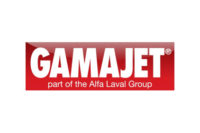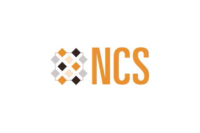DOW was invited to participate in a competitive field trial comparing five Dairy nanofiltration elements available on the market. The purpose was to determine which elements provide the best overall performance concentrating and demineralizing lactose over a period of 12 months. The results show that FILMTEC™ NF245 membrane consistently outperformed the other elements and maintained the highest lactose rejection and highest salt permeability. Additionally, FILMTEC NF245 had 16 percent higher permeate flow than the competition.*
Introduction
Removing dairy salts from whey permeate is essential in the production of edible and high quality lactose. It can also reduce evaporator fouling as salts can precipitate as scale. Monovalent salts can be removed efficiently with nanofiltration membranes while simultaneously concentrating the lactose stream. The demineralization and concentration of lactose requires a membrane that has an appropriate molecular weight cut off to reject lactose molecules yet is open enough to allow significant transport of monovalent salts. As with many nanofiltration membranes on the market, high salt passage comes with higher than desirable organic passage and can result in product loss and permeate quality issues such as high BOD. Alternately, nanofiltration membranes that have high organic rejection also have lower salt passage and lower permeate flows resulting in poor desalting efficiency and decreased plant capacity.
FILMTEC NF245 elements are truly unique nanofiltration membranes that have high lactose rejection, high monovalent salt passage as well as high flux. These properties translate into value creation for whey and lactose processors.
- Maintains rejection over time
- Higher product yields by keeping lactose in the concentrate
- Higher capacity and salt passage than membranes with a similar molecular weight cut off
- Lower BOD in permeate resulting from good organic rejection
- Better salt removal that can lead to less scaling in evaporator as well as higher purity lactose


